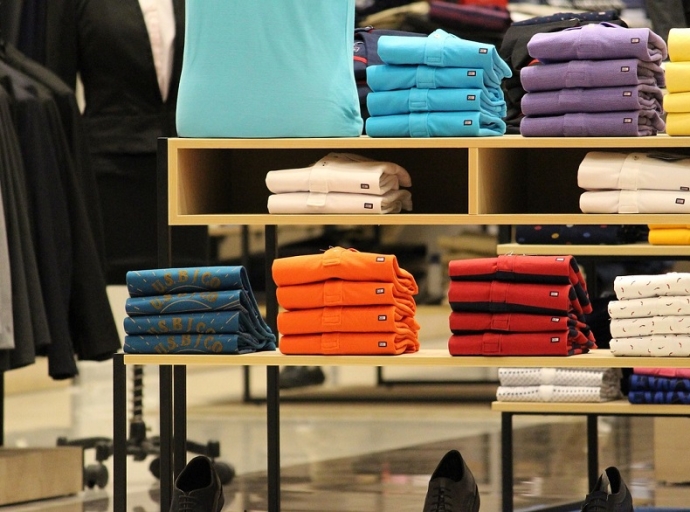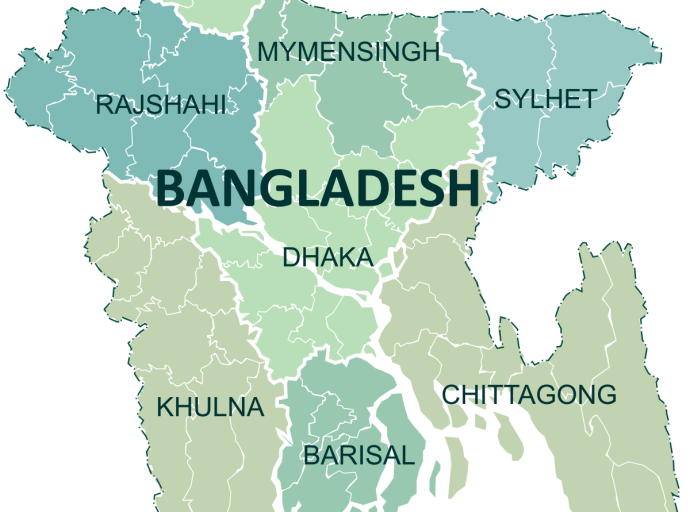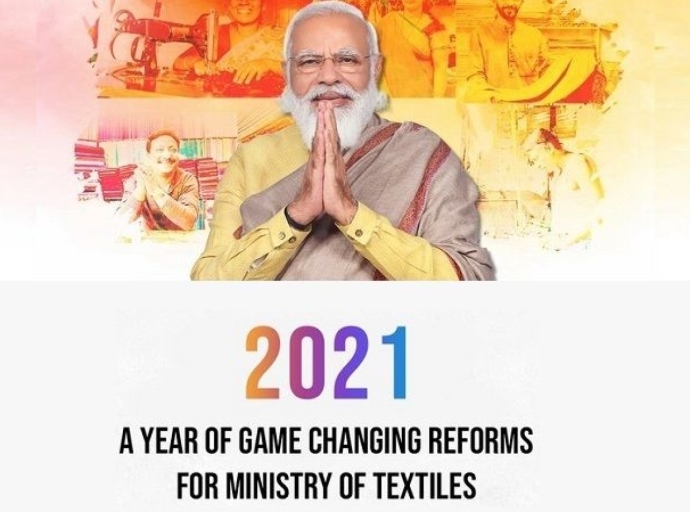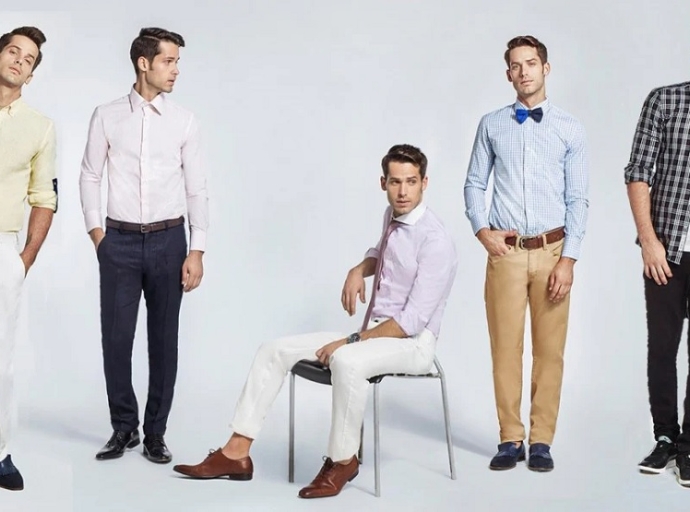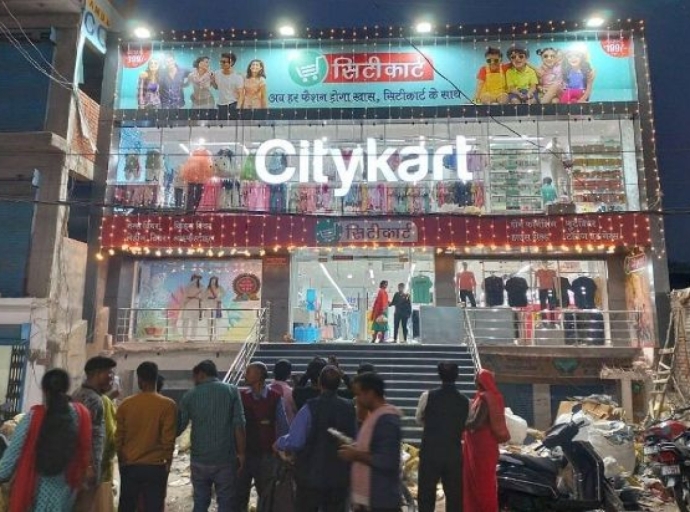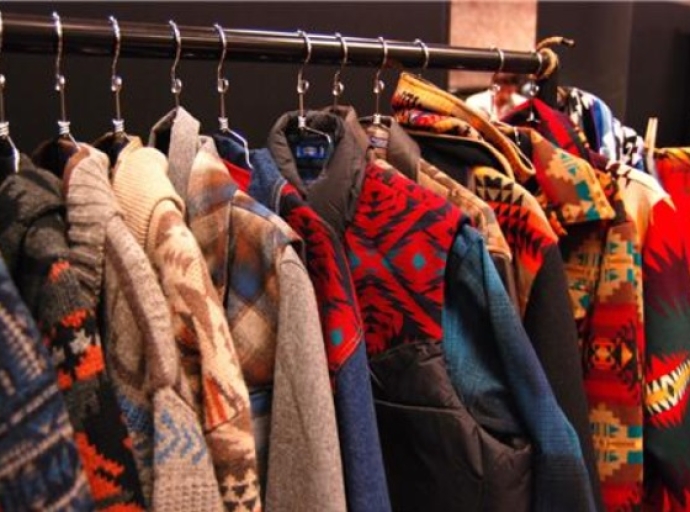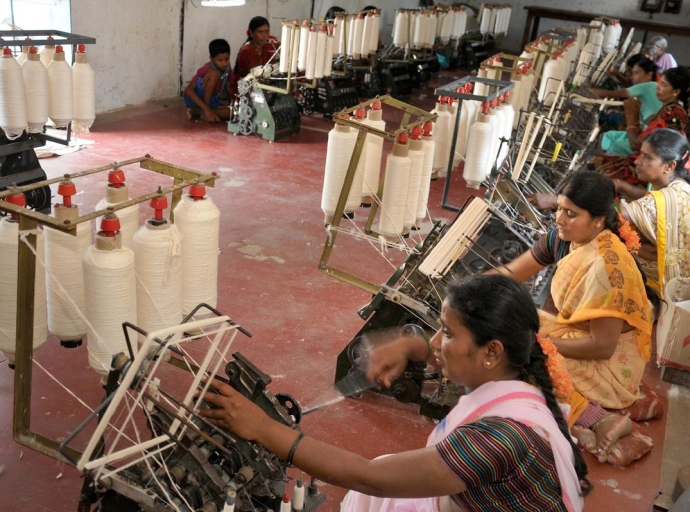21 August 2023, Mumbai
With a concept of a fit and healthy body being the best fashion statement for everybody, the sportswear apparel segment that combines athletic wear with contemporary fashion trends has come into its own.
Even before the pandemic, the sports fashion segment in India was already on a growth trajectory being driven forward with the rise of fitness awareness through gyms and online platforms, increased sports participation across age groups along with major sporting events like the FIFA, Pro Kabaddi Indian Premier League (IPL) Pro Kabaddi and international sports tournaments being advertised like never before.
Sports apparel market to grow at 16.2% from 2022-29
As per Maximize Market Research (MMR), -a Pune-based syndicate and custom-made business and market research company- India’s sports apparel market is valued at $579.47 million in 2021projected to reach $2238.13 million by 2029, growing at a CAGR of 16.2 percent during the forecast period from 2022 to 2029.
Unlike other apparel segments, both 2021 and 2022 saw overall strong growth that has equaled pre-pandemic levels, as the Covid period has brought extreme focus on health and wellness.
DTCBoth global and homegrown brands are now offering a different choice of athletic apparel and high-tech design clothing.
Wearable
Sports apparel now has wearable technology advances such as temperature-regulating textiles and clothing, fitness tracking sensors, and interactive apparel innovations that boost athletes' performance and give a more tailored fitting.
The demand for eco-friendly and sustainable sports gear is rising and some brands have created a fusion of the Indian USP of traditional patterns, prints, and cultural elements into modern designs, which is a current rage.
Study
A recent ‘The India Sports Apparel Market Report’ which offers an in-depth examination of the current and future landscape of the market has pointed out that the growing preference for online shopping and convenience is fuelling demand along with a strong influence of social media and digital ecosystem.
Changing fitness consciousness, especially with the emergence of domestic brands offering to change market preferences and competitive pricing has given a boost to the market.
Men’s sportswear holds the largest share, closely followed by the market for women, and the children's sector accounts for a little fraction. Increased women's participation in sports such as marathons, badminton, cricket, and other fitness activities has made this segment the fastest-growing segment.
Brands focus on upcoming festive sales
Premium brands such as Puma are now focusing on festive season sales, as in India consumers spend a lot of money during this time, regardless of apparel segmentation. Puma made over Rs 2,000 crore in revenue in 2021, and thus unprecedented demand in the sports category and the brand is expected to continue.
“The buoyancy is very high for offline and retailers are back. Brands like ours are expanding and opening more stores. Online sales have still grown. Certain platforms are growing more than 50 percent versus last year in our category.
You have a lot of data to work on online and brands that work very closely with these platforms can build a lot of efficiencies in terms of assortments or pricing which gets organic growth. We have built our shopping app in India,” points out Abhishek Ganguly, Managing Director, Puma India and Southeast Asia.
DTC
The role of technology and D2C models are now being used by brands to improve consumer relationships, acquire insightful data and give more affordable pricing.
Online brands need to focus more virtual trail of apparel by customers of sports gear and accessories using Augmented Reality (AR) and Virtual Reality to make it a more interactive experience along with all social media platforms continuing to play a crucial role in sports fashion retail.
Physical stores will need to do more special events, workshops, and interactive experiences to boost brand loyalty and an enhanced shopping experience. The sportswear apparel segment is up and running and if handled right by the leading brands, everyone will be a winner on the stands in the near future.
Latest Textile Events


